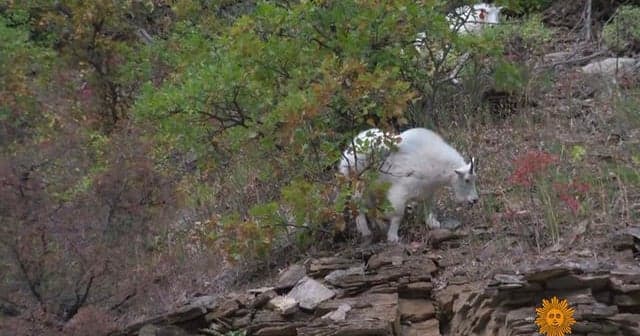Black Hills Draw Tourists, Test Conservation and Economic Resilience
The Black Hills of South Dakota are reopening to visitors as federal operations resume, reviving an economy that depends heavily on national parks and monuments. The region faces competing pressures from tourism demand, forest health challenges and longstanding tribal claims, making federal policy choices this winter consequential for local livelihoods and long term stewardship.

The Black Hills, a forested island rising from the plains of western South Dakota, are once again receiving a steady stream of visitors as federal services resume operations after the recent shutdown. National icons and working landscapes in the region stand at the intersection of a lucrative outdoor recreation economy and mounting environmental stressors that will shape the area for decades.
The landscape includes Mount Rushmore, which historically drew roughly two million visitors a year, and the Black Hills National Forest, which covers about 1.25 million acres of pines, ponderosa and mixed conifer. Those visitor flows drive hotels, restaurants, tour operators and retail businesses across Pennington and Custer counties and beyond. When federal lands close for days or weeks, local officials say the lost visitor spending can ripple through the regional economy quickly, affecting seasonal workers and small businesses that rely on a concentrated season of income.
The recent federal closure interrupted ranger services, educational programs and permitting processes, and contributed to travel disruption while flights and other transport services adjusted. The immediate market impact was felt in hospitality revenues and in the short run for airlines and travel intermediaries. Restarting operations limits further damage during the crucial late fall and winter planning period, but uncertainty underlines a structural vulnerability: a large share of the Black Hills economy depends on policy decisions made in Washington.
Environmental challenges compound the economic exposure. The Black Hills have experienced cycles of mountain pine beetle infestation, drought stress and severe wildfire in recent decades. Those episodes have transformed forest composition and increased management costs for both public agencies and private landowners. Restoring forest health and reducing fire risk requires sustained funding for thinning, controlled burns and replanting, along with investment in local firefighting capacity. Those activities create jobs and market opportunities in timber management and ecological restoration, but they require predictable federal and state budgets.
An additional layer of complexity is legal and moral. The Black Hills are sacred to the Lakota and other Plains tribes. The 1980 Supreme Court decision acknowledging an unlawful taking of tribal land remains a touchstone in ongoing discussions about ownership, access and economic benefit. Any long term strategy for the Hills must include meaningful engagement with tribal governments, both on conservation and on sharing tourism revenues.
Policy choices will determine whether the region leans into high visitation models that prioritize access, or shifts toward conservation models that limit traffic and emphasize ecosystem services. Economically, the balance matters. Recreation economies can be resilient, but they are also concentrated and seasonal. Diversifying the local economy with year round outdoor education, ecological restoration projects and stronger partnerships with tribal enterprises could moderate volatility and capture more value locally.
As federal operations normalize, the immediate task is triage for businesses and park infrastructure. The broader challenge is structural. Investments in resilient forest management, collaborative governance with tribal nations and stable funding for public lands will influence whether the Black Hills remain both an engine of local prosperity and a viable ecological refuge in a warming, more fire prone future.


